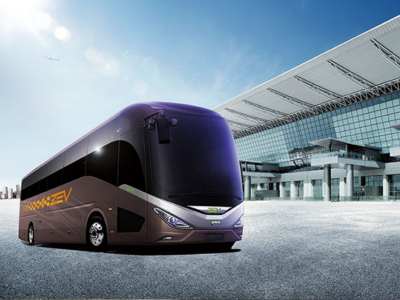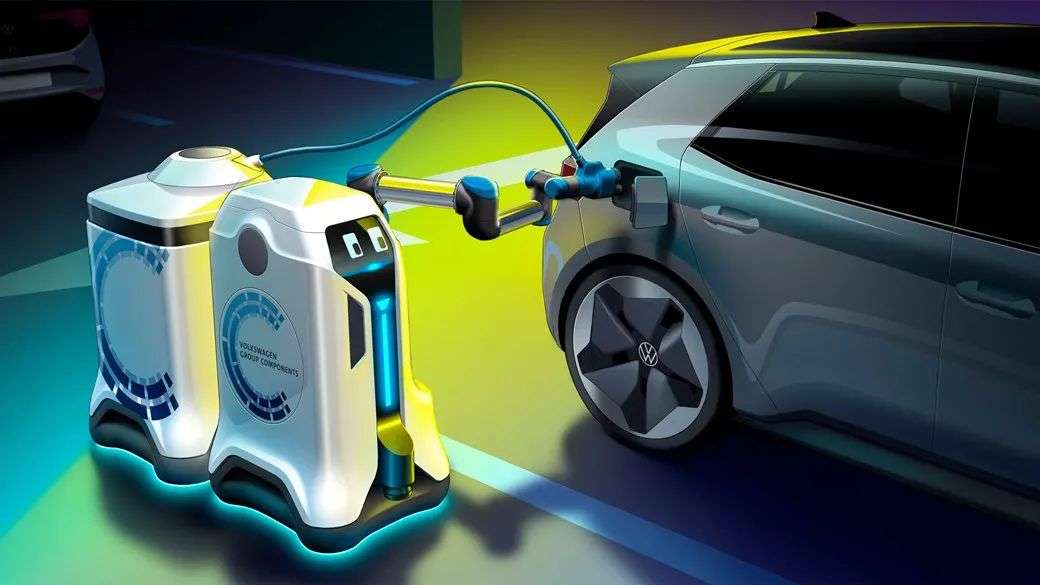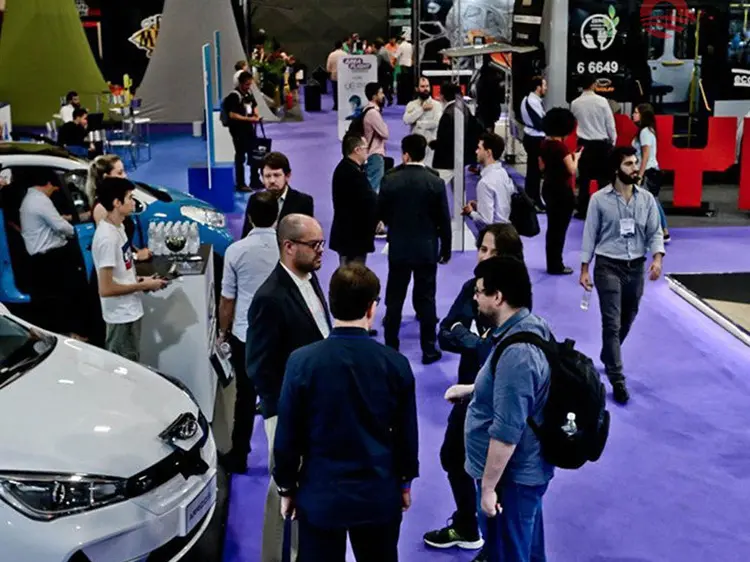How to Select the Right Electric Car Battery Charger: Fast Charging vs. Slow Charging
As electric vehicles (EVs) continue to gain popularity around the world, understanding how to select the right electric car battery charger is more crucial than ever. Your choice of charging method can significantly impact your daily routine, the health of your vehicle’s battery, and your overall driving experience. Charging speed plays a major role in this, and understanding the difference between fast and slow charging is essential to making the best choice.
This comprehensive guide will walk you through the differences between fast charging and slow charging, highlighting their respective pros and cons, and explaining how to choose the right charging method based on your specific needs.
Understanding Electric Car Battery Chargers
Electric car battery chargers are devices that deliver electrical power to recharge your vehicle’s battery. They work by converting electricity from your home or a public charging station into the correct voltage needed by the car’s battery. The electricity comes in alternating current (AC), which is then converted into direct current (DC) by the vehicle’s onboard charging system. An on board charger (OBC) is a power electronics component in electric vehicles (EVs) that converts AC power from external sources, like household outlets, into DC power to charge the vehicle's battery pack.
There are different types of electric car battery chargers, mainly categorized by their speed and the kind of outlet they use. These include Level 1, Level 2, and Level 3 chargers, each offering varying degrees of charging time and power delivery. The right charger for you depends on how often you drive, the availability of charging stations, and how quickly you need to charge your vehicle.

Fast Charging vs. Slow Charging: Key Differences
Fast Charging: Fast charging generally refers to Level 2 and Level 3 chargers, both of which are capable of charging your vehicle much quicker compared to slow chargers.
- Level 2 Chargers:
These electric car battery chargers operate at 240V, which is the same voltage used by large household appliances such as dryers and ovens. The significant boost in voltage makes Level 2 chargers faster and more powerful than Level 1 chargers.
With a Level 2 charger, you can expect your EV to be fully charged in about 4 to 8 hours depending on the vehicle’s battery capacity. In some cases, Level 2 chargers may even deliver an 80% charge in just 30 to 60 minutes, making them ideal for owners who need quick top-ups during the day.
Where You Find Them: Level 2 chargers are widely available in public places such as parking lots, shopping centers, and workplaces. They can also be installed at home, but professional installation is required due to the higher voltage.
- Level 3 Chargers (DC Fast Chargers):
Level 3 chargers, also known as DC fast chargers, are the fastest charging option available today. Unlike Level 1 and Level 2 chargers, which use alternating current (AC), Level 3 chargers use direct current (DC) to deliver a rapid flow of electricity to your vehicle.
A DC fast charger can charge an EV to 80% in just 20-30 minutes, providing a significant time savings for drivers in a rush.
Where You Find Them: DC fast chargers are mainly located at highway rest stops or public charging stations. Due to their high power demands and the advanced technology involved, they are typically not available for home installation.
Slow Charging: Slow charging primarily involves Level 1 chargers, which are simpler and slower compared to their faster counterparts.
- Level 1 Chargers:
Level 1 chargers operate using a standard 120V electrical outlet, which is the same type of outlet used for regular household appliances like lamps, toasters, and phone chargers.
While Level 1 chargers are extremely convenient because they don’t require any special equipment, they are much slower than Level 2 or Level 3 chargers. Charging times can take anywhere from 12 to 24 hours, depending on the size of the vehicle’s battery and the amount of charge needed.
Where You Find Them: Level 1 chargers can be used at home with any standard electrical outlet, making them the most accessible and affordable charging solution for EV owners.
Pros and Cons of Fast and Slow Charging
Fast Charging:
- Advantages:
- Speed: The most significant benefit of fast charging is speed. For example, with a Level 2 charger, you can expect to fully charge an average EV battery in a few hours, while DC fast chargers can do it in as little as 20-30 minutes, which is a game-changer when you're pressed for time.
- Convenience: Fast electric car battery chargers are incredibly convenient for long-distance trips or for drivers who need to top up quickly during the day. Many public fast electric car battery chargers are located along major highways, making them perfect for road trips.
- Extended Range in Less Time: If you’re in a hurry or need to get back on the road quickly, fast charging allows you to recover a significant portion of your range in a short period. For instance, a 20-minute stop at a fast charger can add 60-100 miles of range depending on your EV model.
- Disadvantages:
- Higher Cost: Fast electric car battery chargers, especially Level 3 DC fast chargers, are more expensive to install at home compared to Level 1 chargers. Even when using public fast ev battery chargers, the cost per minute or per kilowatt-hour is often higher.
- Battery Wear: While occasional use of fast ev battery chargers is perfectly fine, frequent use can lead to faster degradation of the EV’s battery. The higher current used in fast charging generates more heat, which can accelerate wear and tear over time.
- Limited Availability: Fast ev battery chargers are often located in public spaces, making them less accessible at home unless you specifically install a Level 2 charger. They are typically only found in certain locations such as highways or larger public charging stations.
Slow Charging:
- Advantages:
- Lower Cost: Level 1 chargers are extremely affordable and easy to install. They don’t require any special outlets or infrastructure, making them an ideal solution for people on a budget.
- Battery Longevity: Because slow charging generates less heat, it is gentler on the battery, which can contribute to longer battery life. Most EV manufacturers recommend charging between 20-80% to preserve battery health, and slow charging is ideal for this.
- Easy Access at Home: With a Level 1 charger, you can charge your EV at home without needing to make any significant changes to your electrical system. Simply plug your car into the outlet, and you’re good to go.
- Disadvantages:
- Longer Charging Times: The most significant drawback of slow charging is that it can take a long time—up to 24 hours or more—depending on the battery size. This may not be practical for people who need their EV charged quickly for daily use.
- Inconvenient for Frequent Drivers: If you frequently drive long distances or have a daily commute that uses a significant amount of battery, slow charging might not be the best solution as you’ll need to wait overnight or longer for a full charge.
Factors to Consider When Choosing Between Fast and Slow Charging
Selecting the right charger goes beyond just comparing speeds. Several factors play a crucial role in determining which type of charger best suits your needs.
1. Daily Driving Habits
If you have a relatively short daily commute (less than 30-50 miles), a Level 1 charger will likely meet your needs. You can plug your vehicle in overnight and have it ready to go each morning. However, if you frequently take long trips or drive extensive distances on a regular basis, you may benefit from a faster Level 2 charger.
2. Home vs. Public Charging Access
If you have access to public fast ev battery chargers in your area or along your common travel routes, you may not need to install a Level 2 charger at home. However, if fast ev battery chargers are not easily accessible or you prefer the convenience of charging at home, installing a Level 2 charger will be a worthwhile investment.
3. Battery Health and Longevity
Charging your battery slowly tends to be gentler on it, which can help maintain the health of your EV’s battery in the long run. If your primary concern is battery longevity, slow charging might be the better choice, especially for regular, daily charging.
4. Budget and Installation Costs
Slow chargers (Level 1) are the most affordable option, requiring no installation costs beyond a simple household outlet. Fast chargers (Level 2 and Level 3) come with higher installation fees, and the cost of public fast charging can be significantly higher. When choosing a charger, you should also consider your overall budget for both installation and ongoing electricity costs.
5. Environmental Impact
Many EV owners choose to integrate renewable energy sources such as solar panels with their chargers to make their vehicles more eco-friendly. If this is a priority for you, be sure to choose a charging system that supports energy efficiency and sustainability.

How to Determine the Best Charging Option for Your EV
The best way to determine which charging option is right for you is to evaluate your needs based on:
- How much you drive daily and the battery capacity of your vehicle.
- Charging station availability near your home and along your typical routes.
- Charging infrastructure at home, and whether you’re willing to invest in a faster charger for convenience.
By taking these factors into account, you can choose a charger that balances your convenience, cost, and battery care.
Installing the Right Charger for Your Needs
Once you’ve chosen the right charger, here are some tips on how to install it:
- Level 1 Charger: Simply plug your car into a standard 120V outlet. There is no installation required unless you need a dedicated circuit.
- Level 2 Charger: Requires a 240V outlet, often requiring professional installation. Some models are designed to be portable, while others must be hardwired.
- Level 3 Charger: Not typically available for home installation due to their high power requirements. These chargers are found in public spaces and commercial charging stations.
Conclusion
Choosing between fast charging and slow charging depends on your driving habits, the availability of charging stations, your budget, and your preference for battery longevity. Both charging methods have their benefits, and the right choice will vary for each individual. By understanding the distinctions between fast and slow charging, you can make an informed decision that best suits your lifestyle and ensures your EV is always ready to hit the road when you need it.































